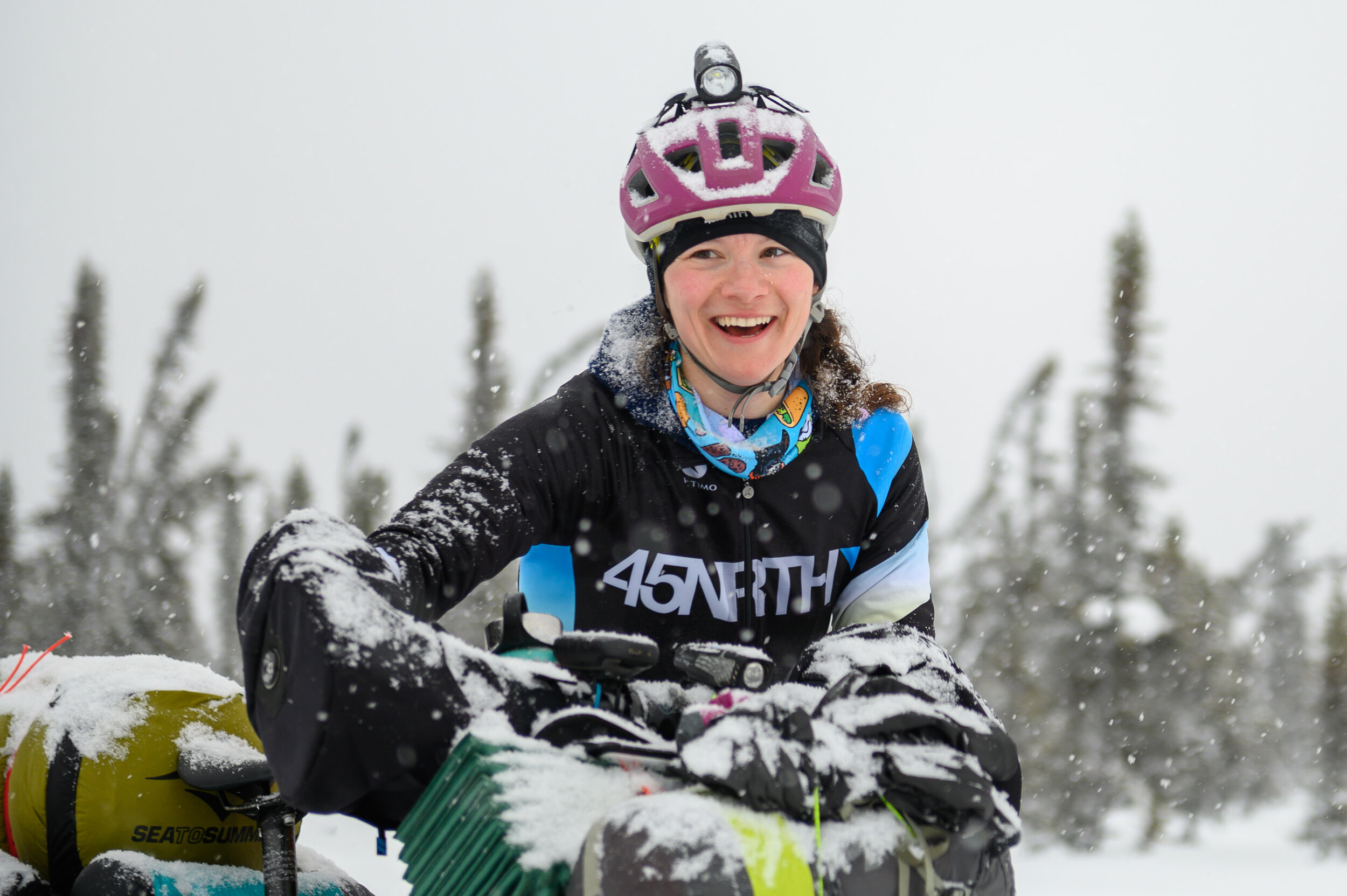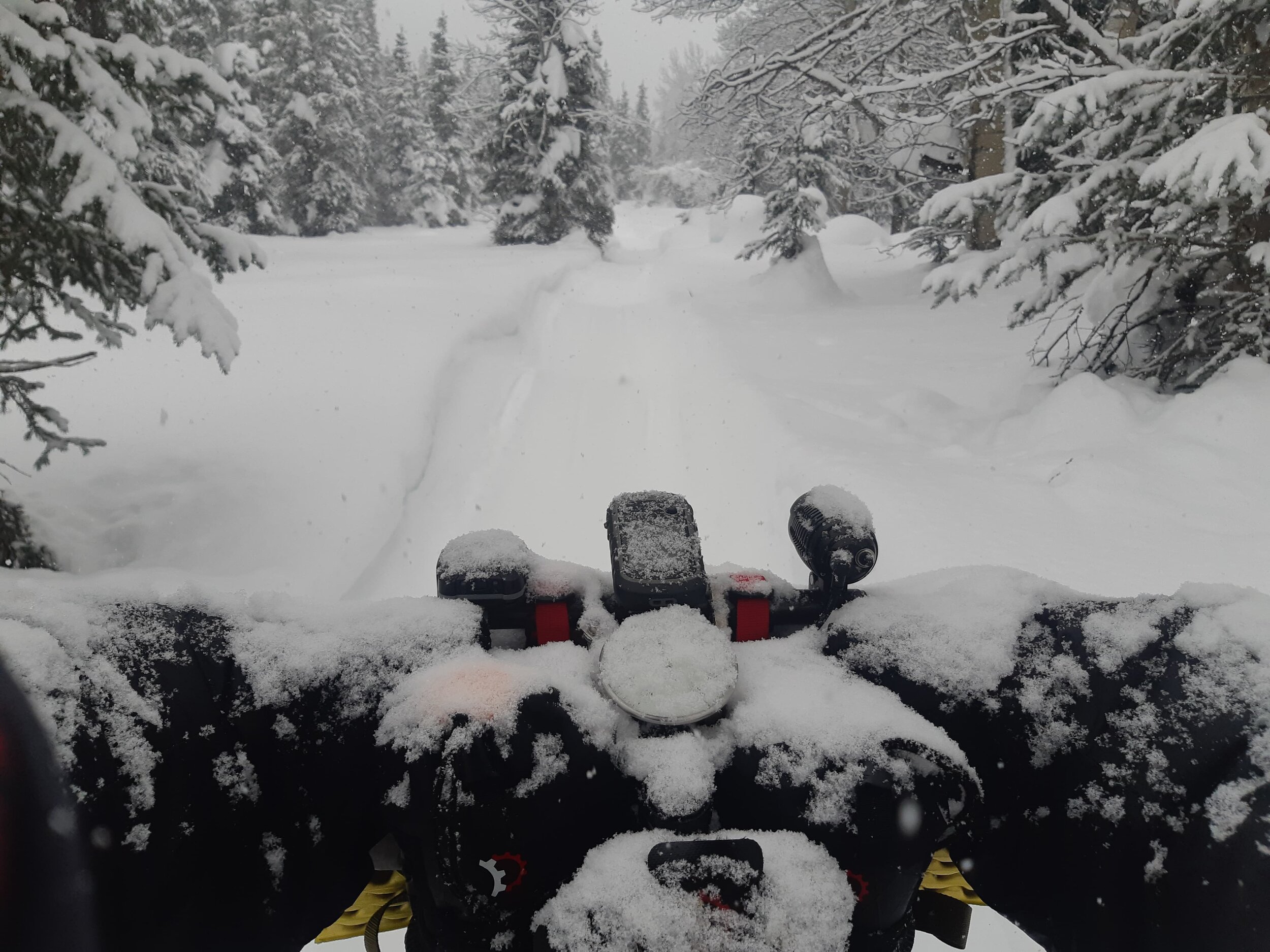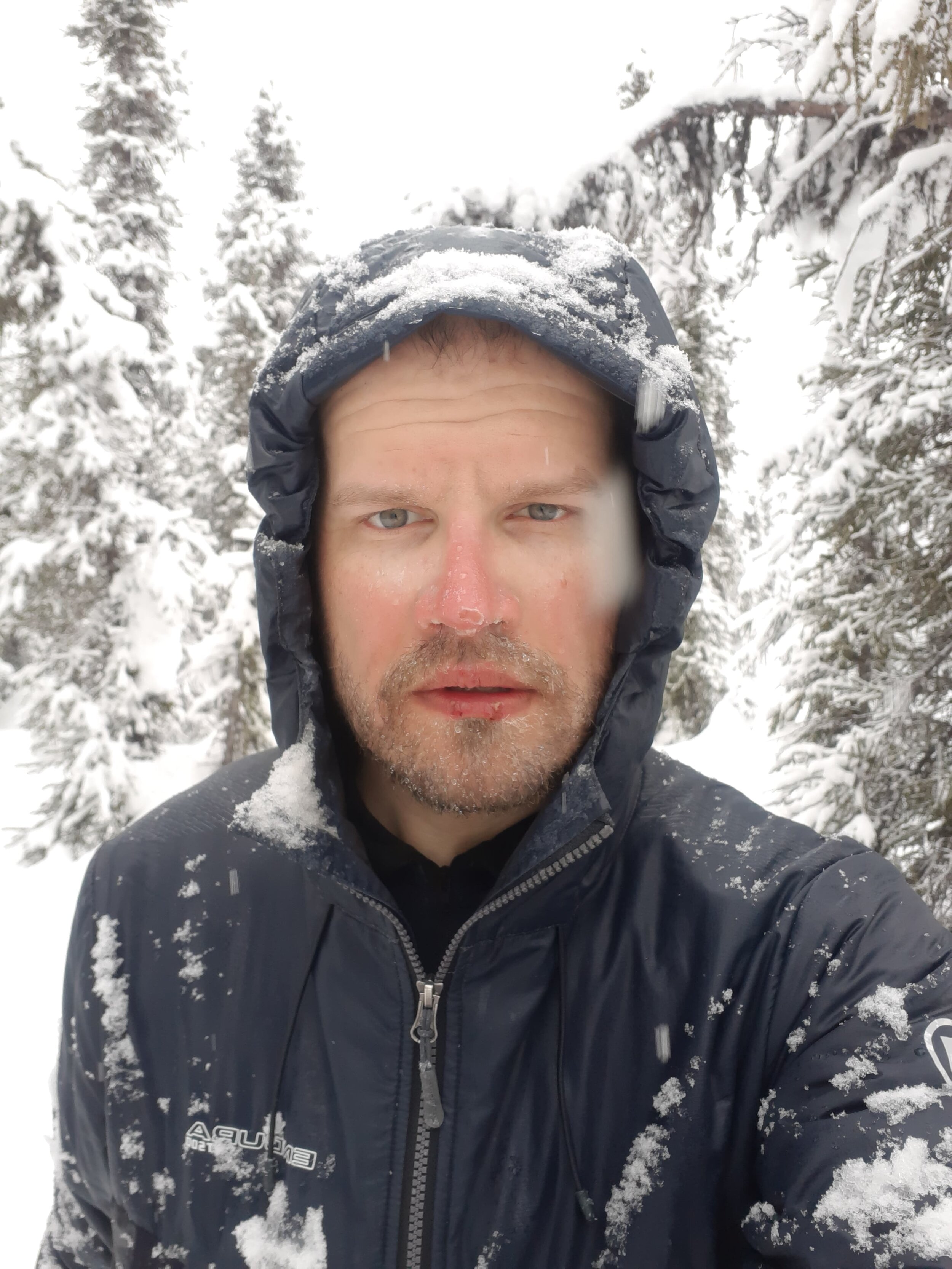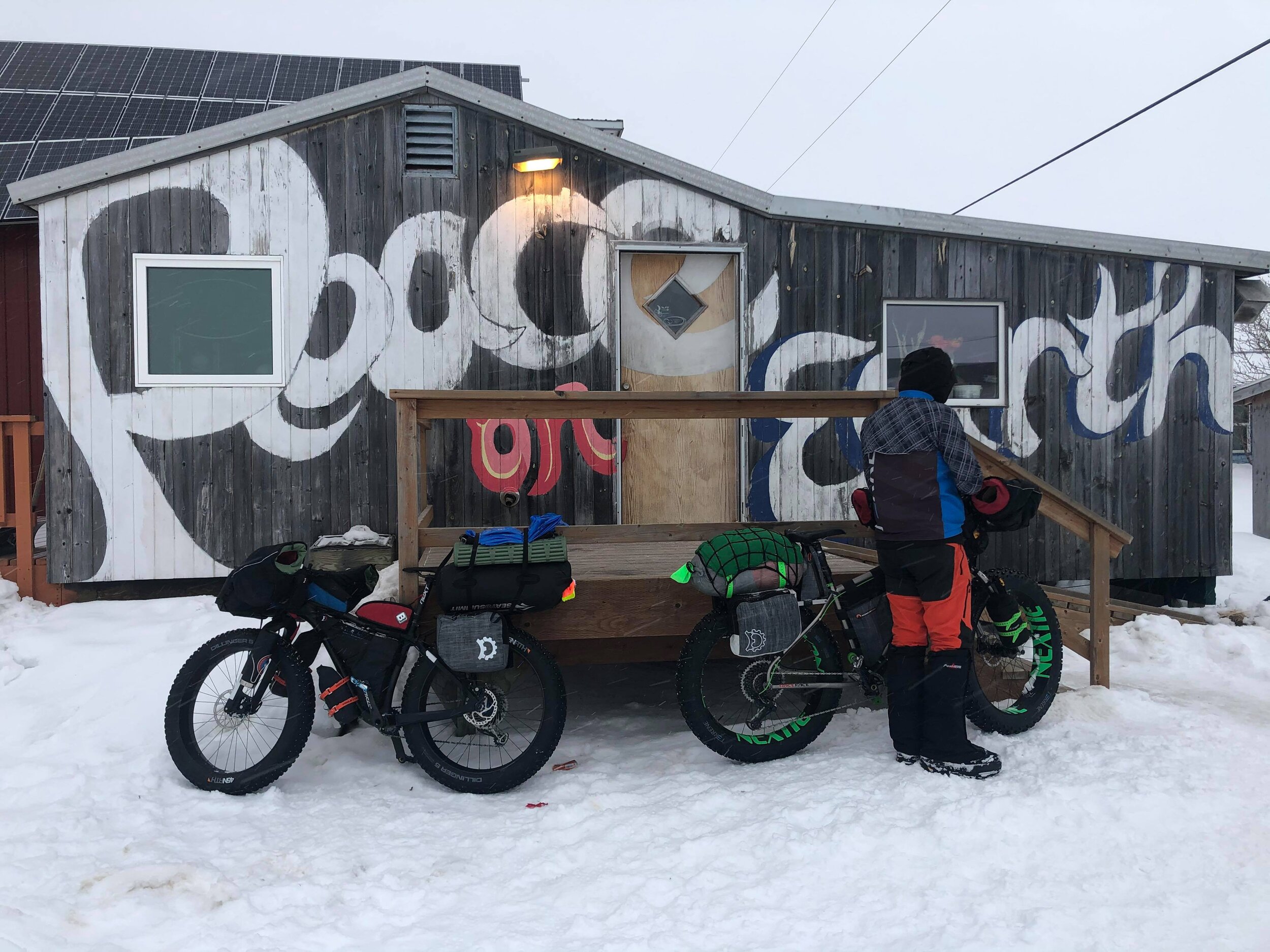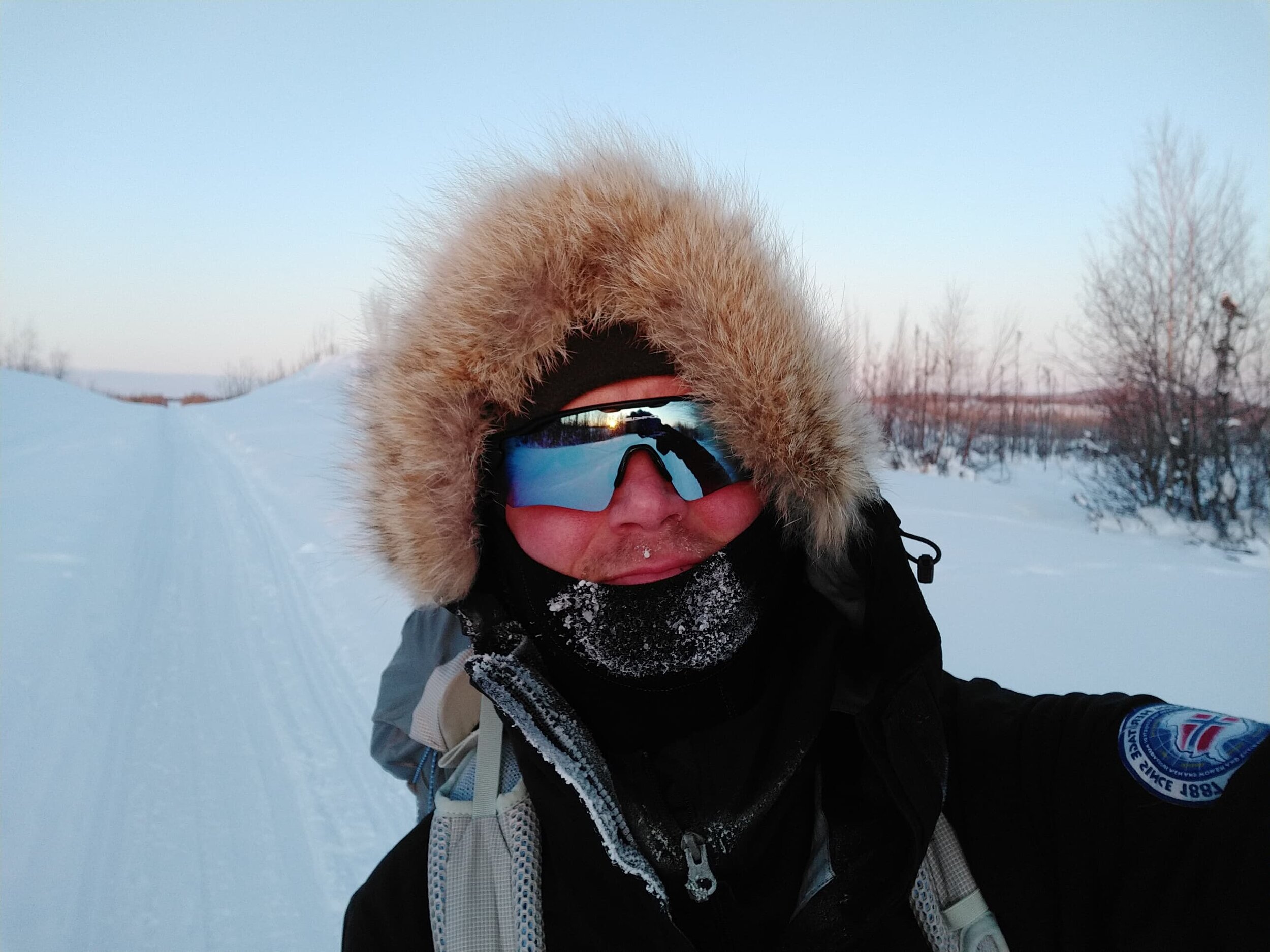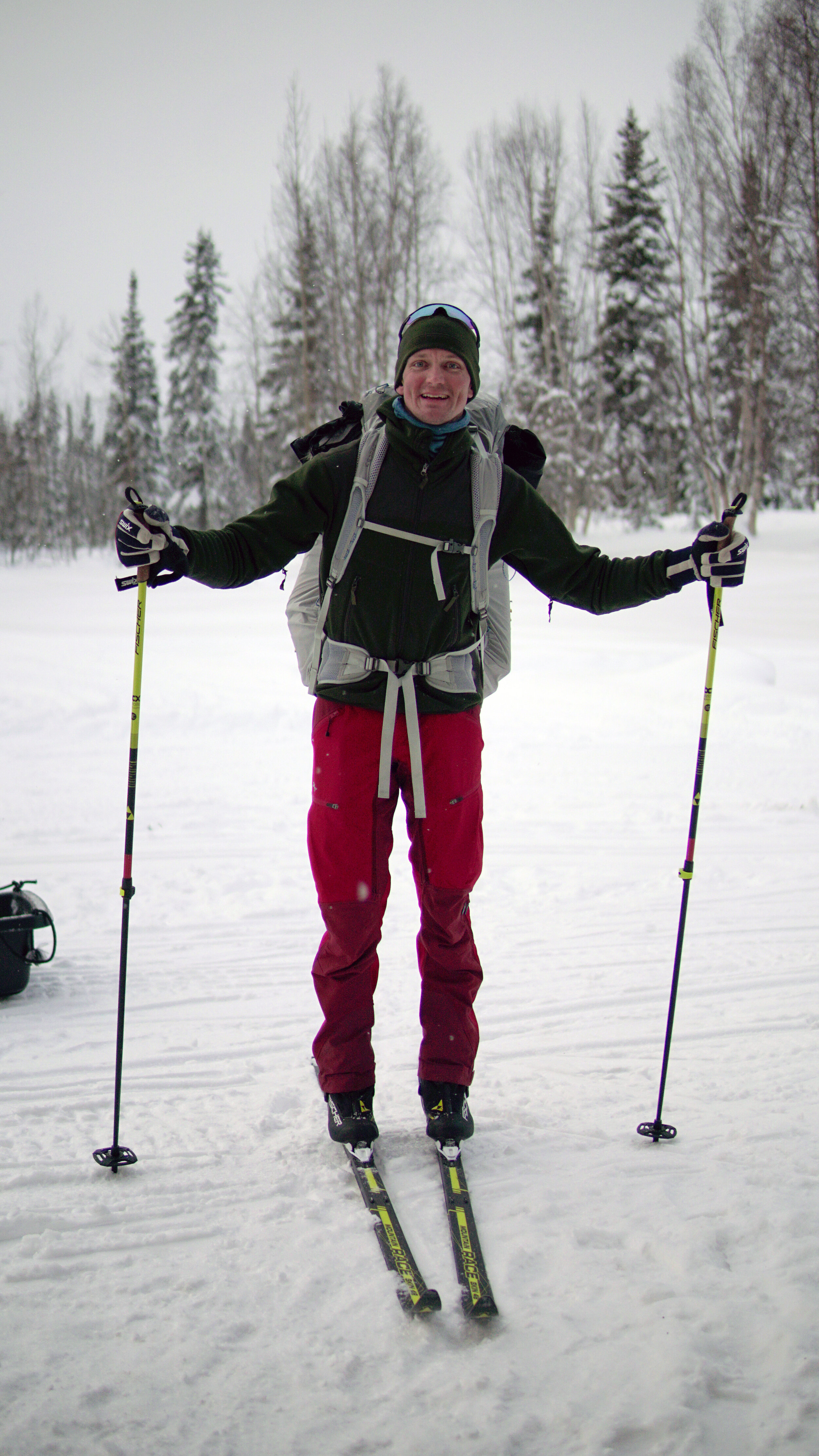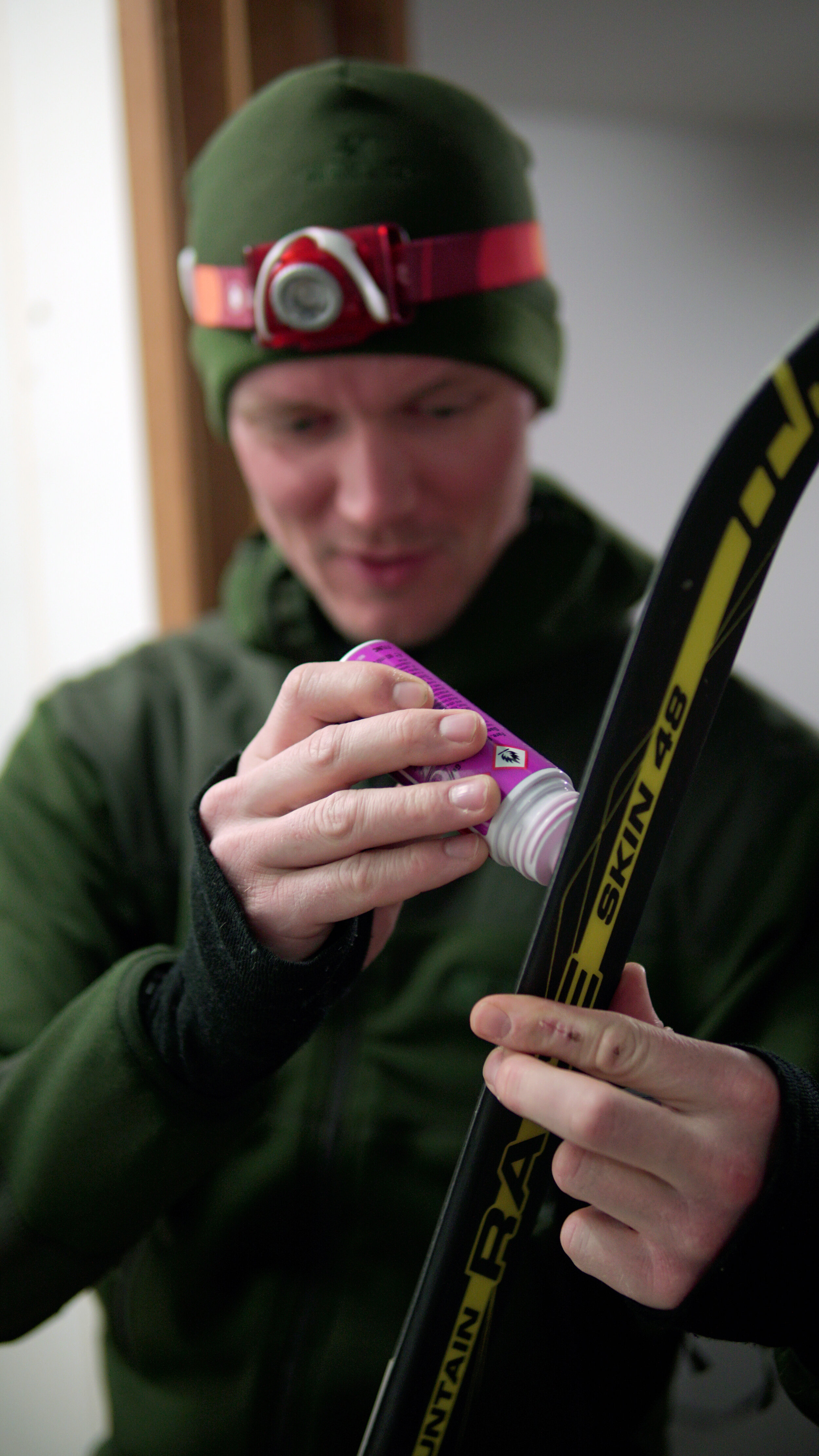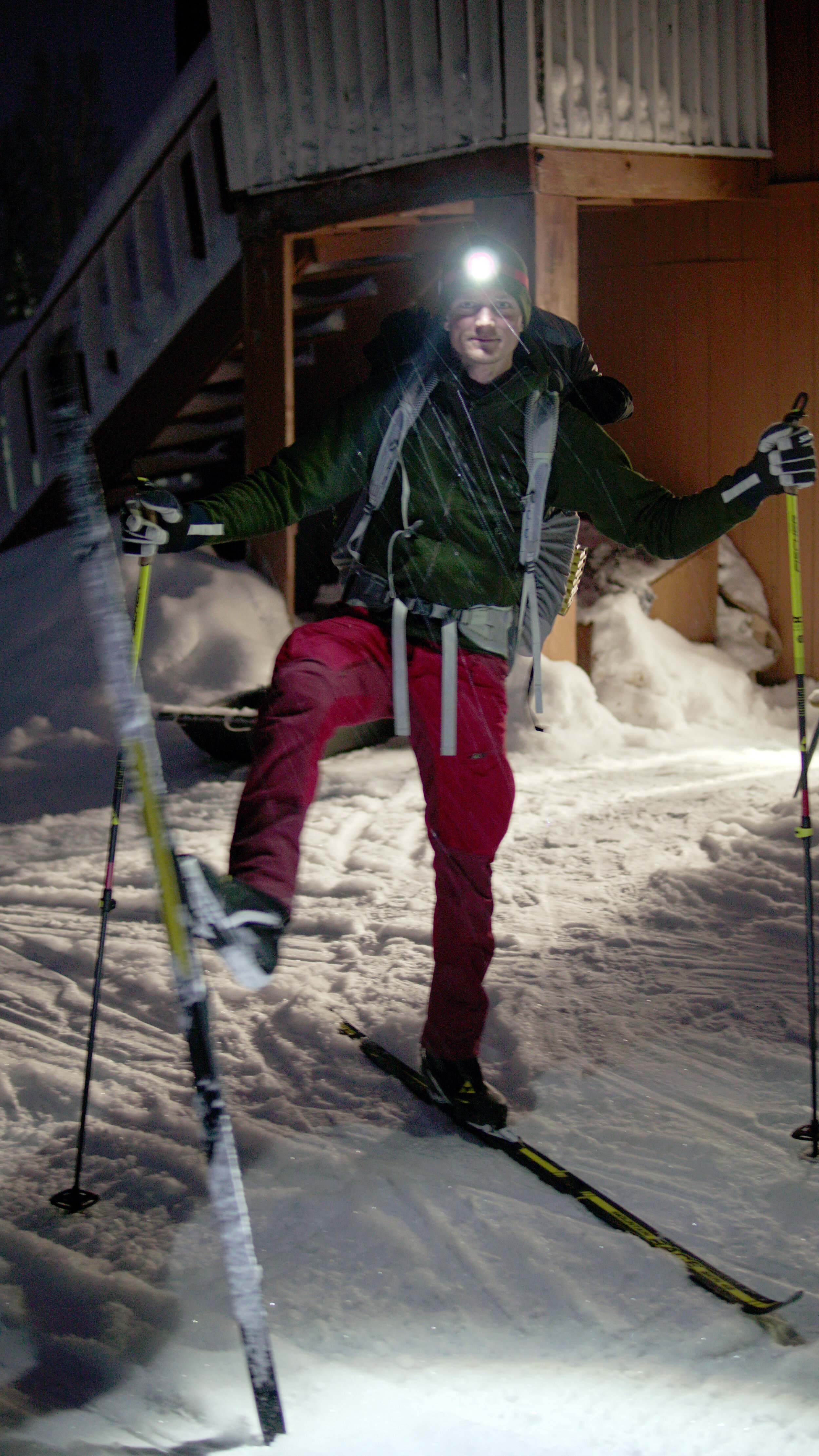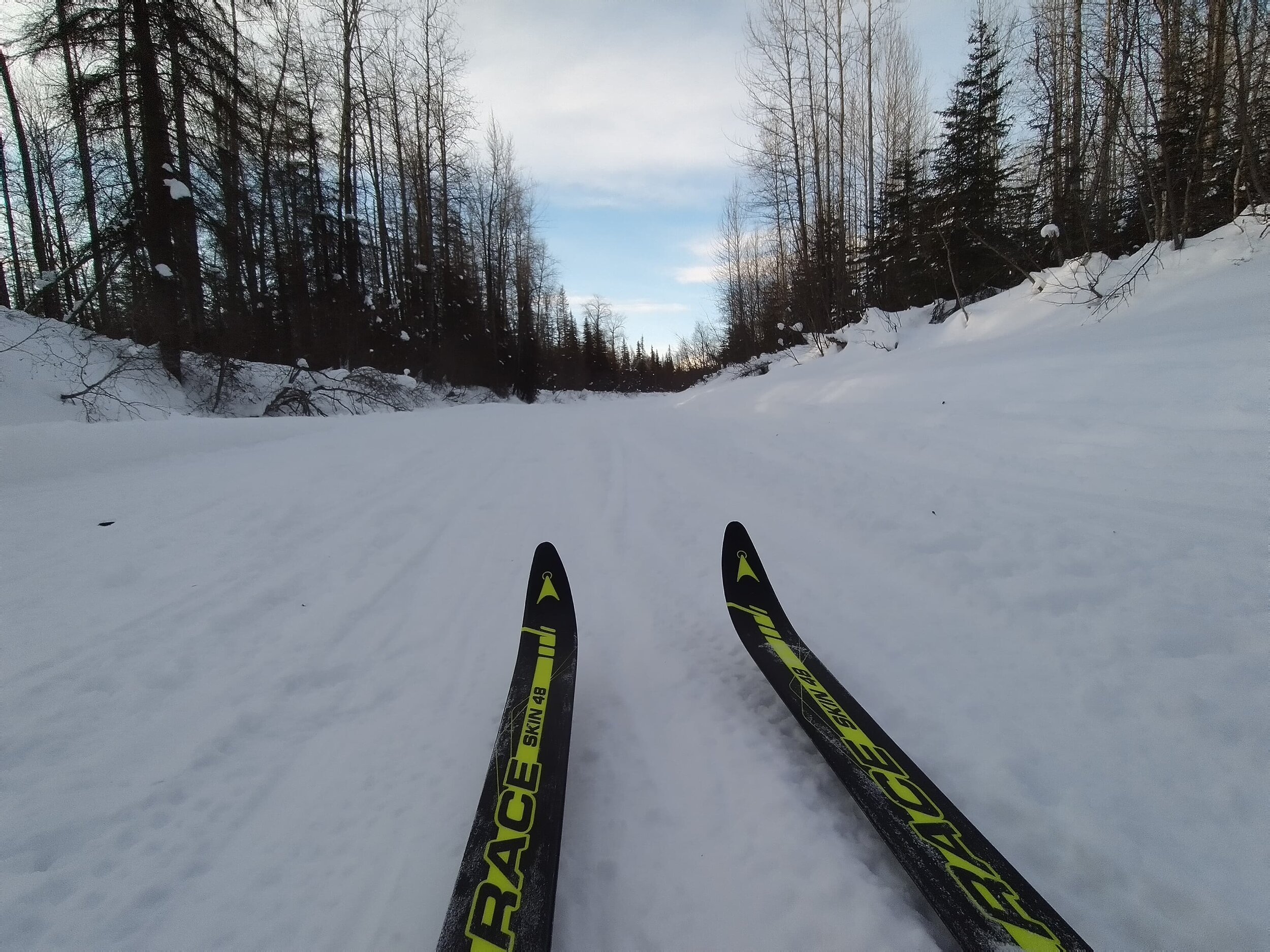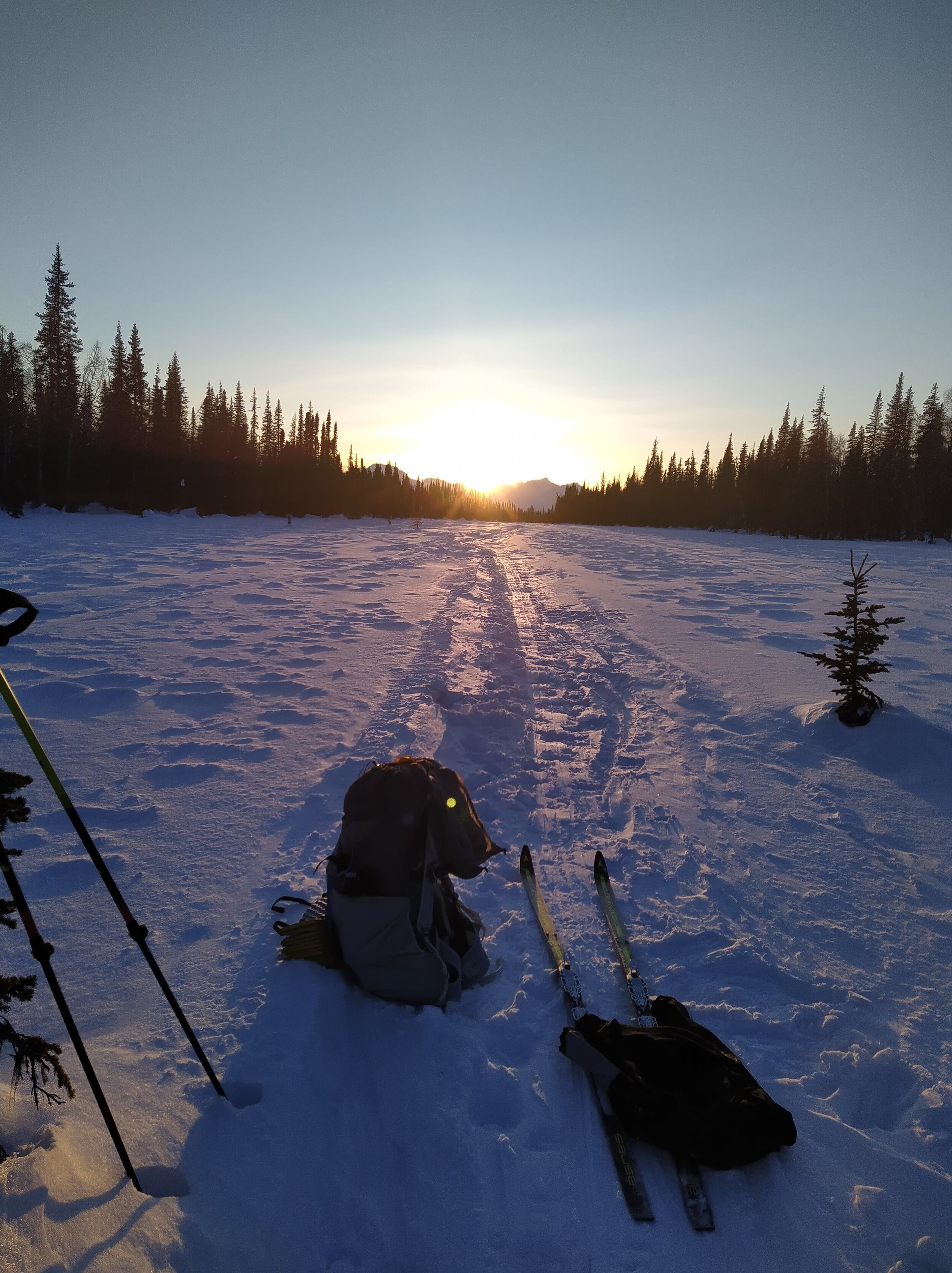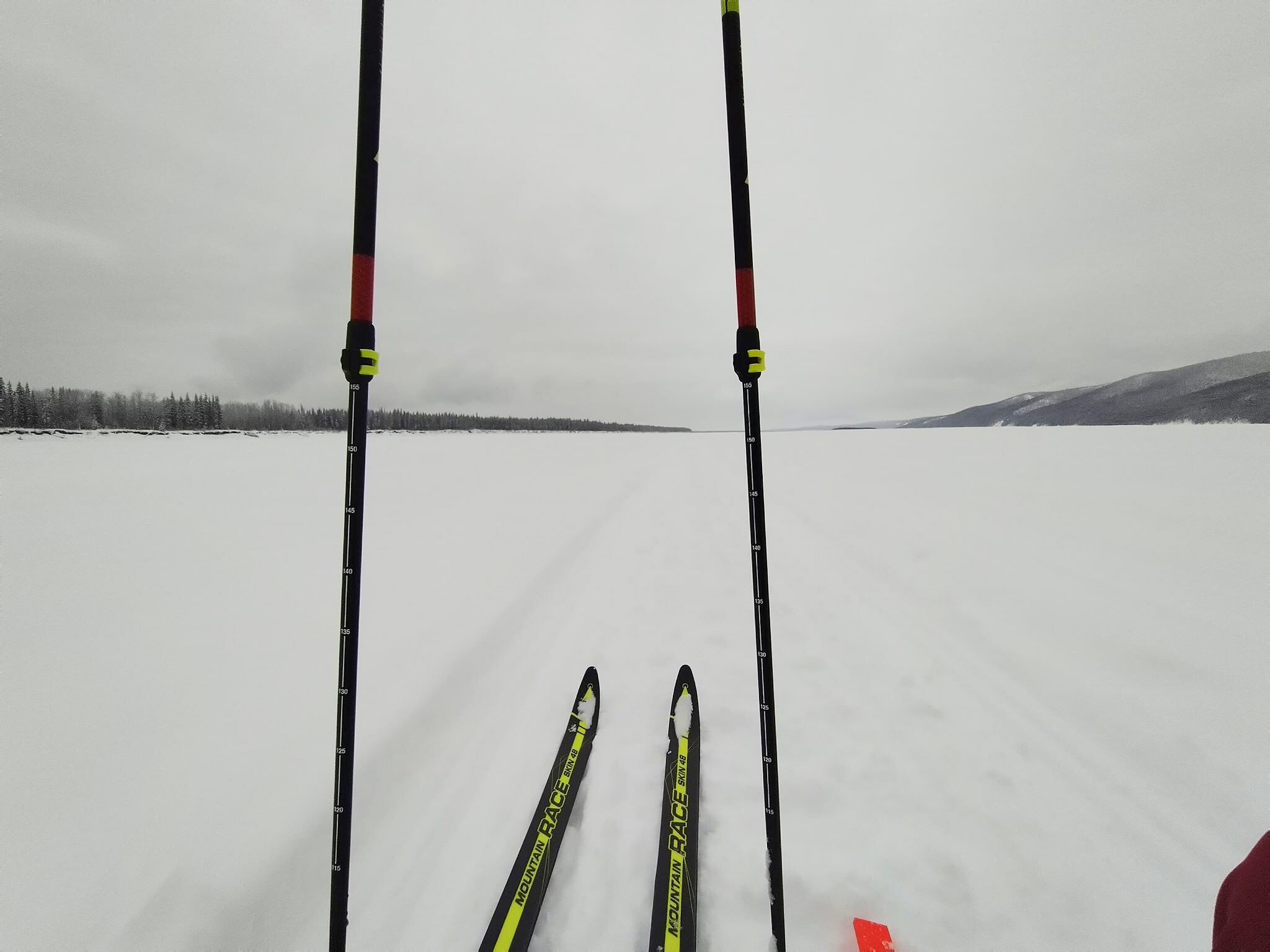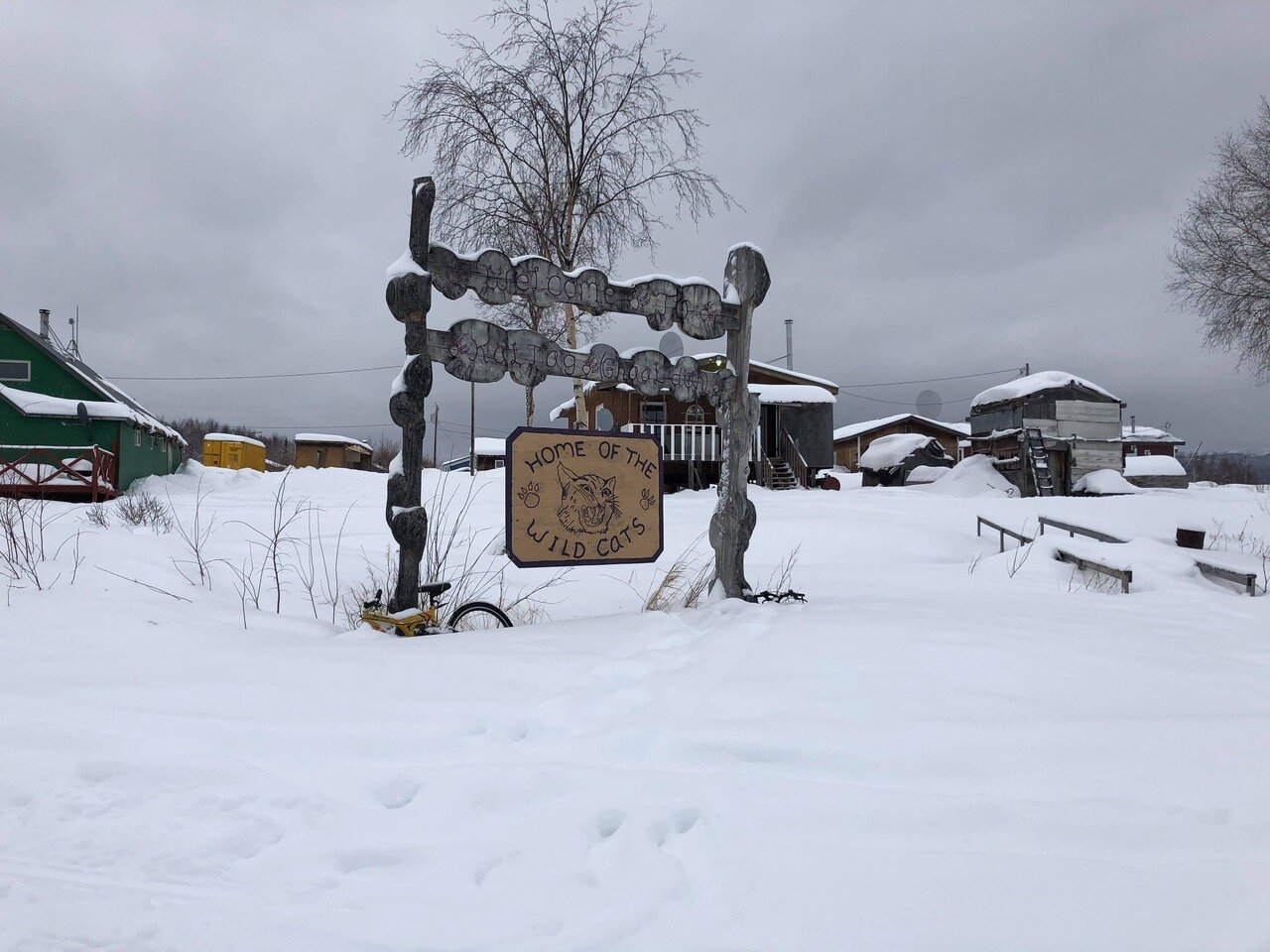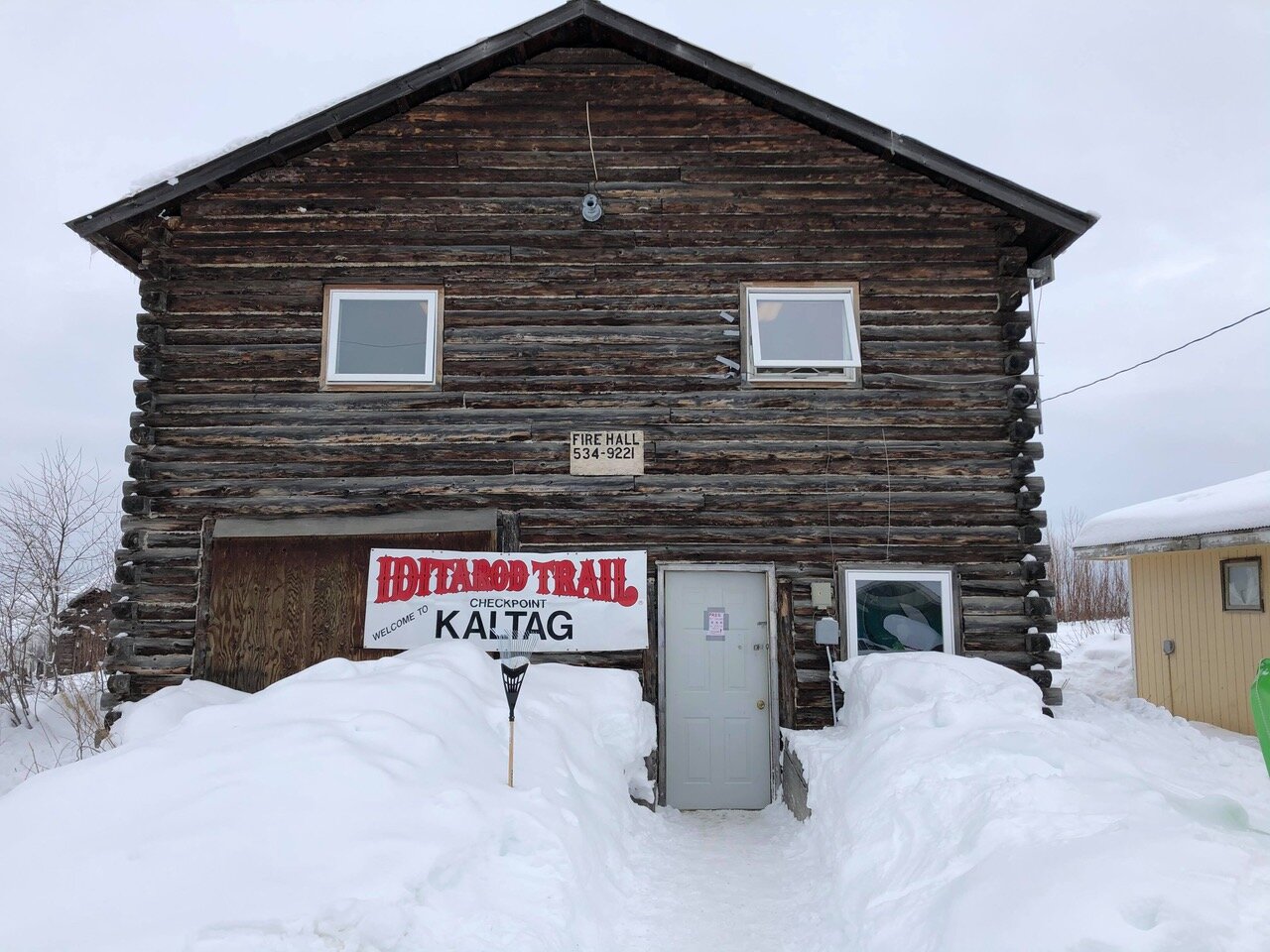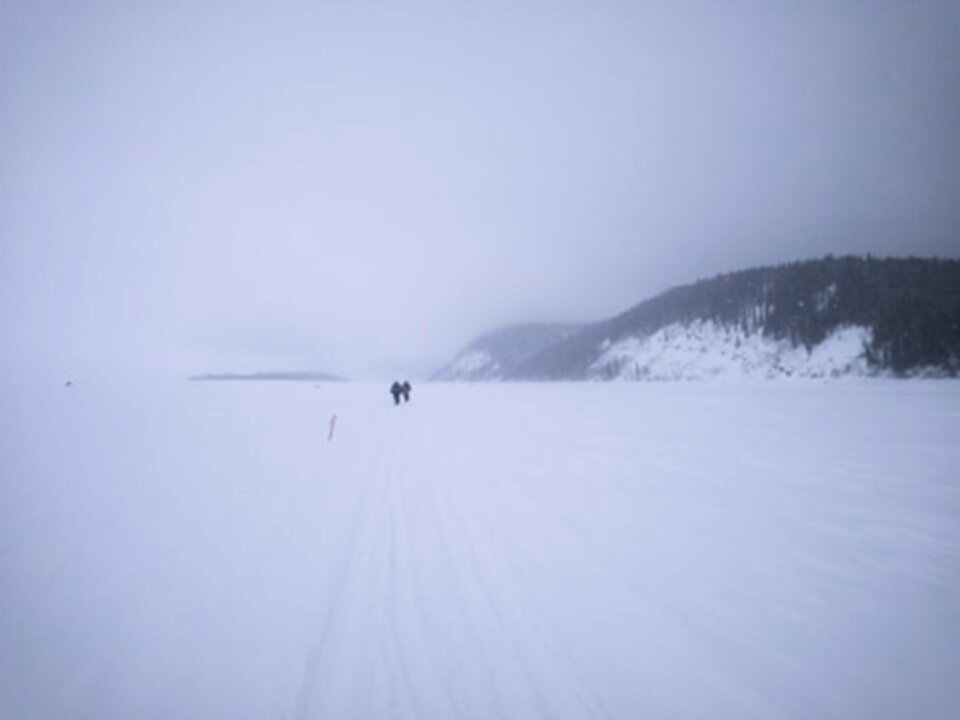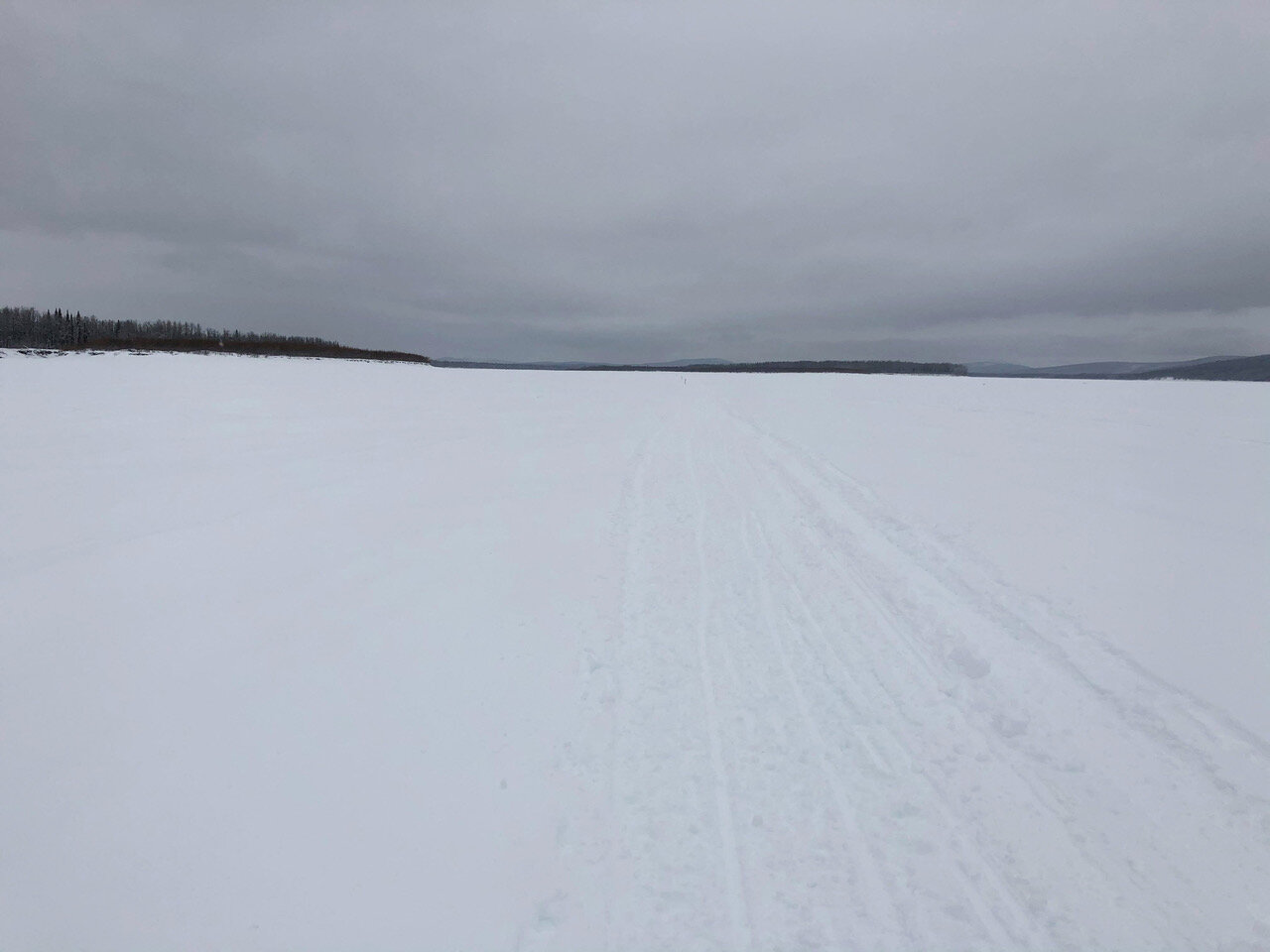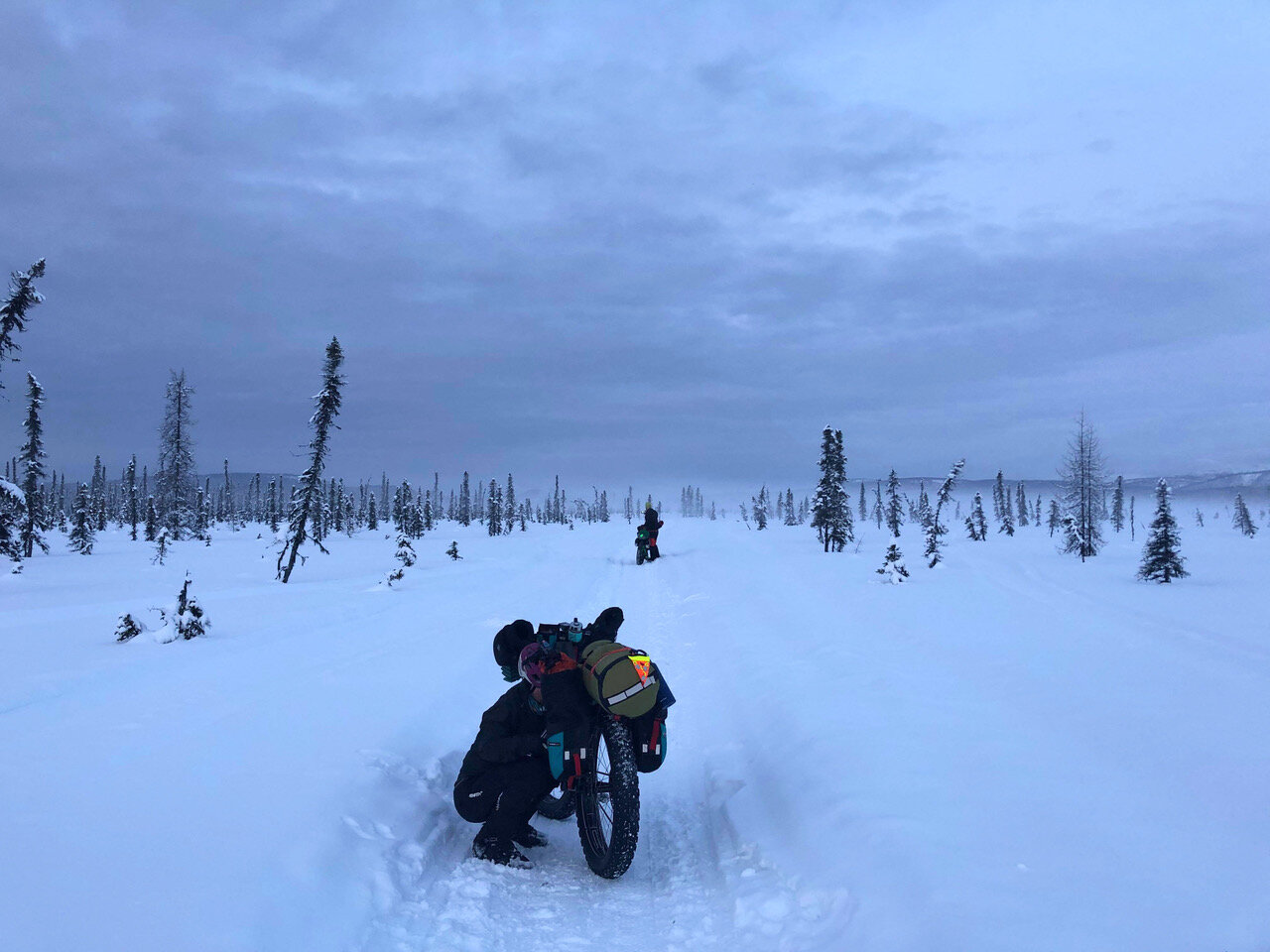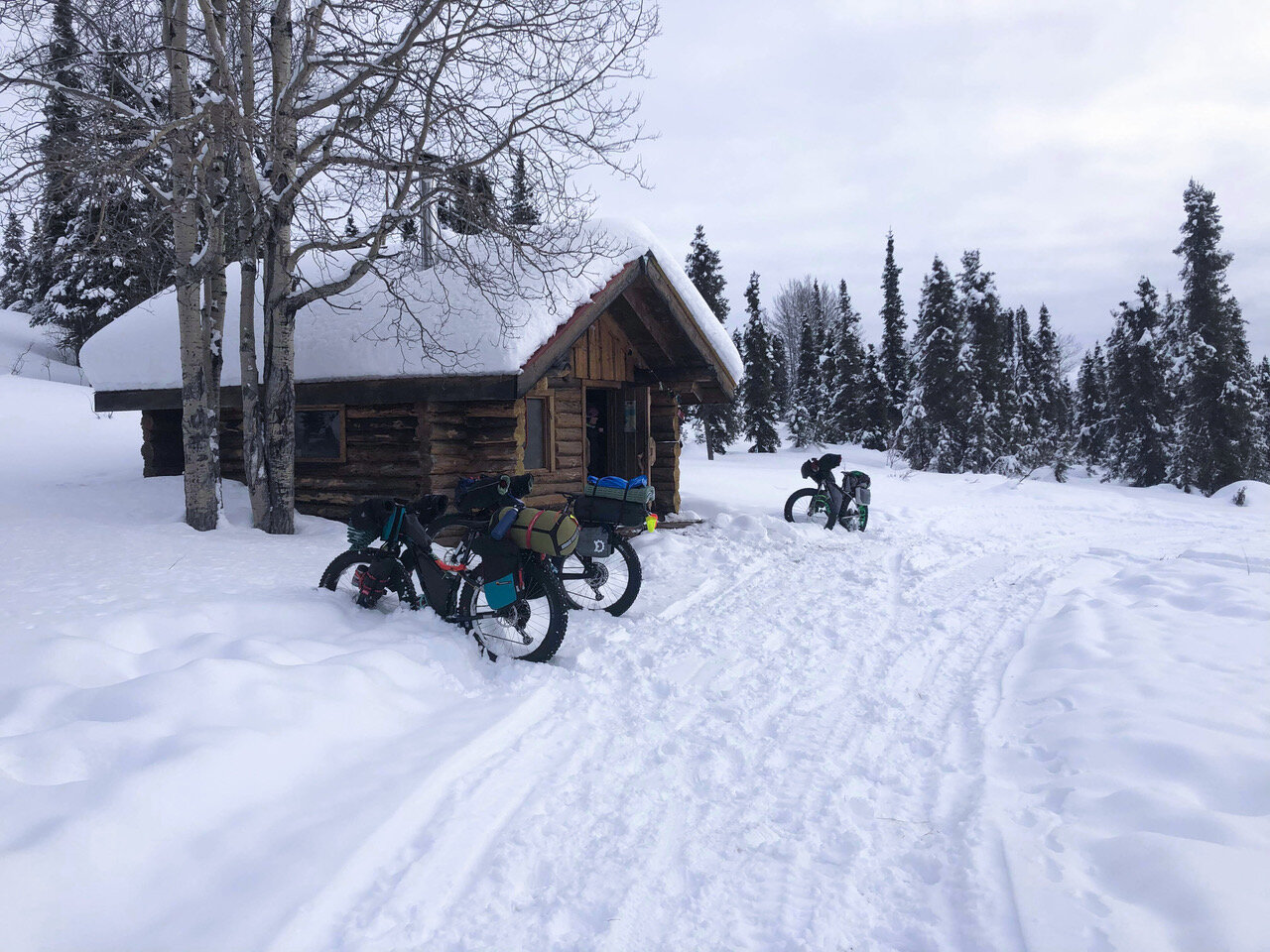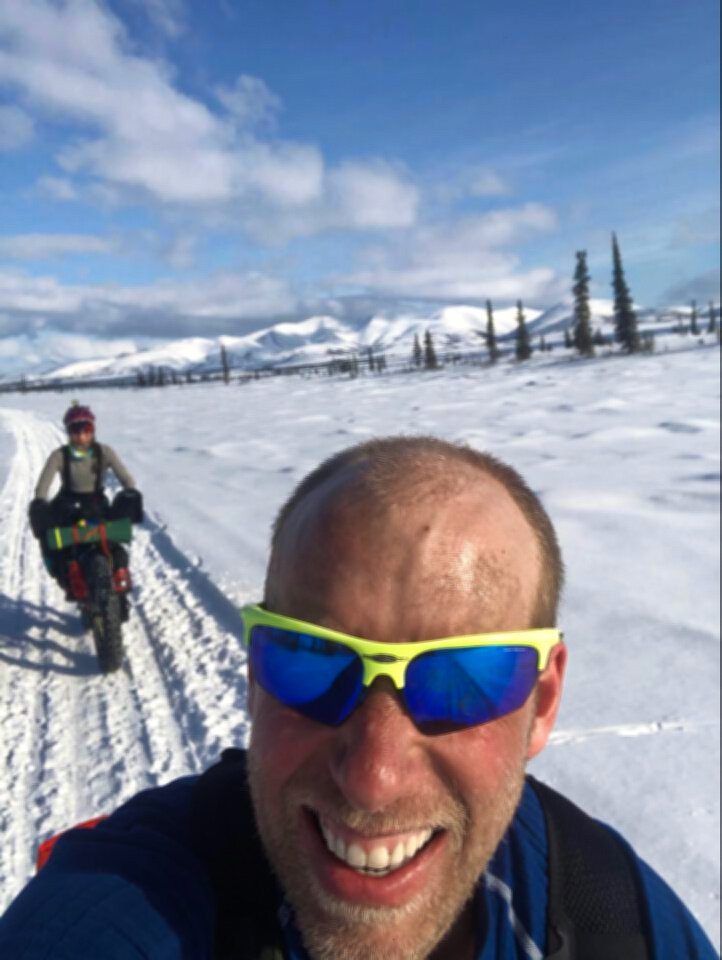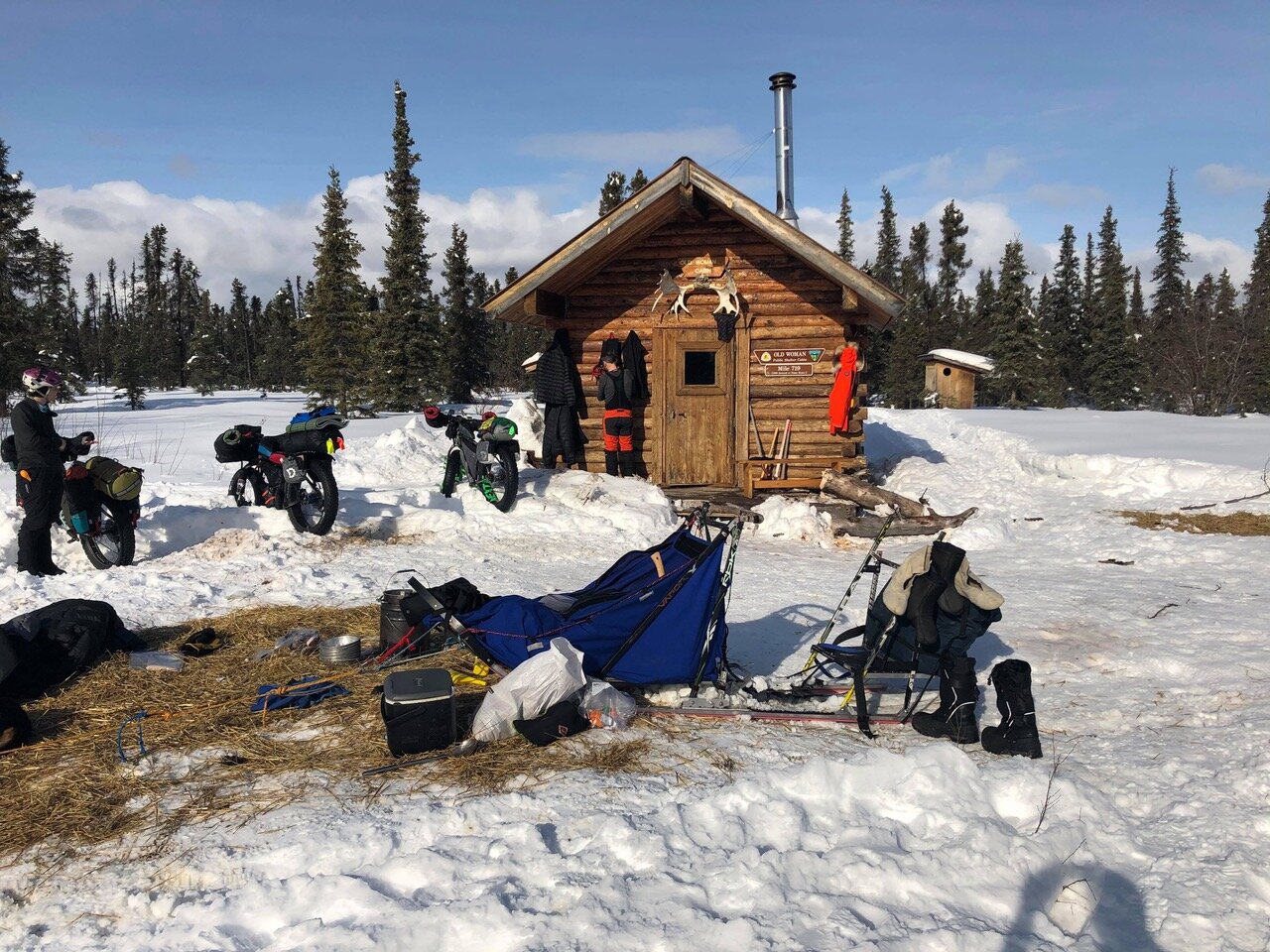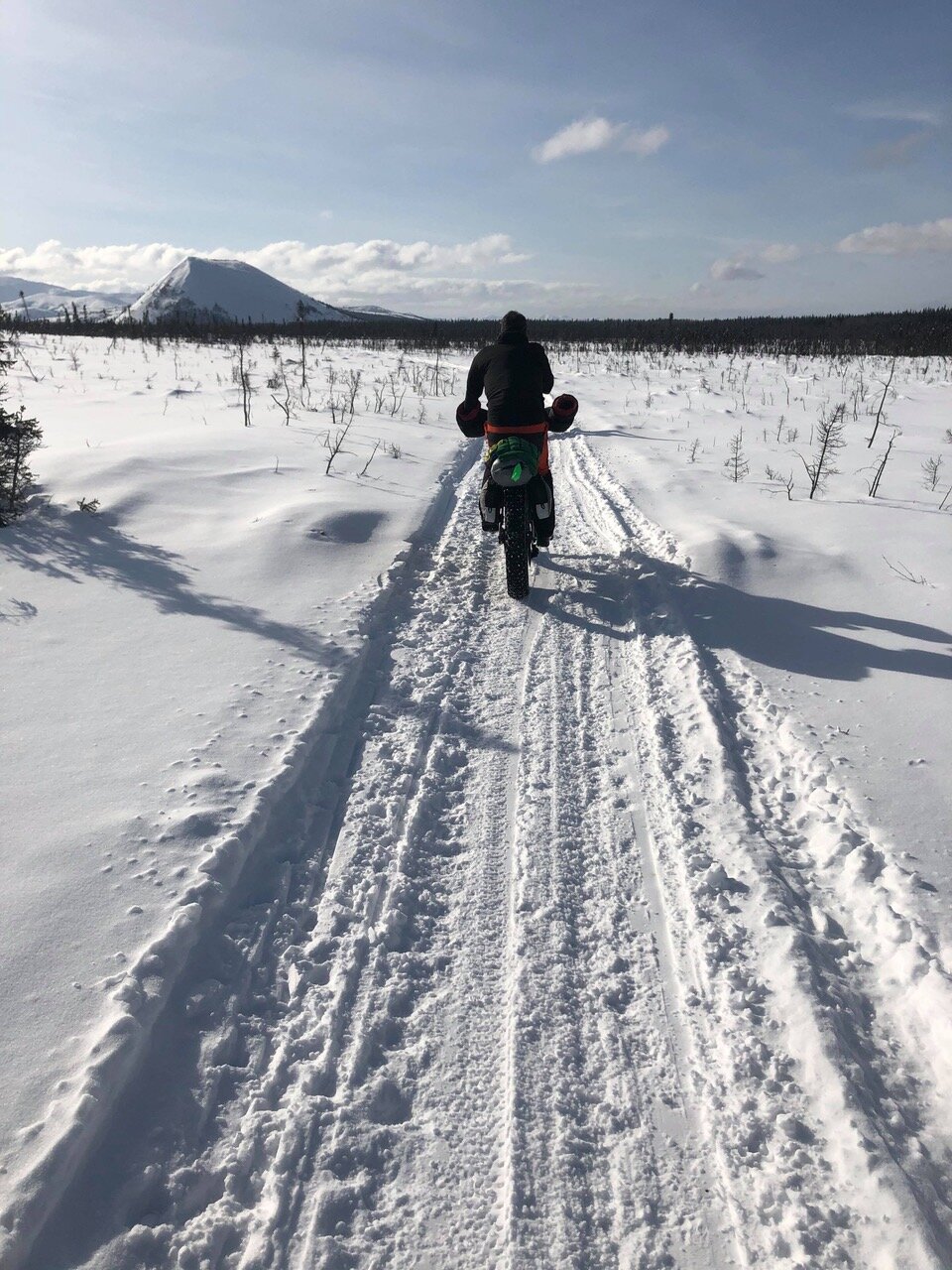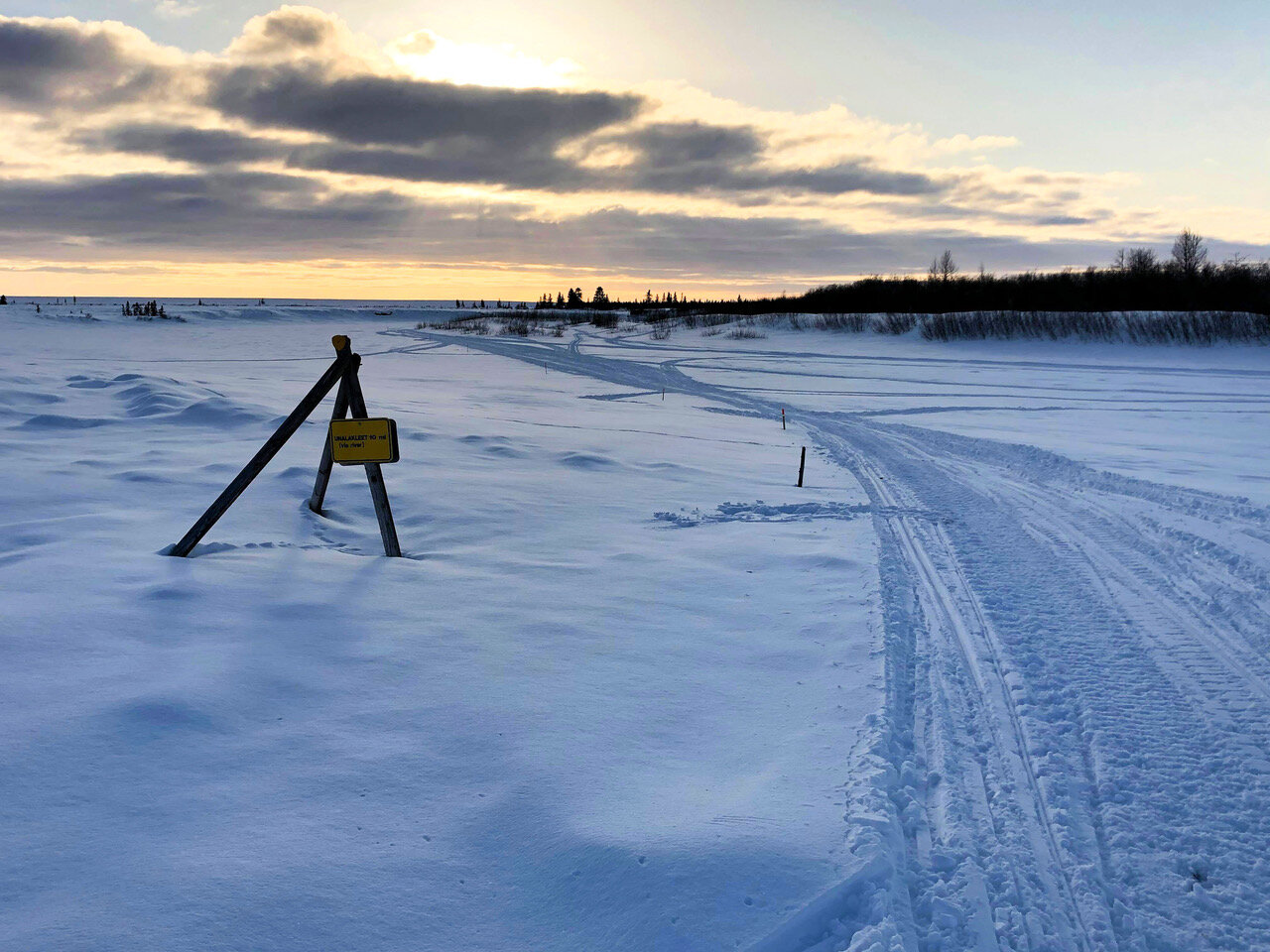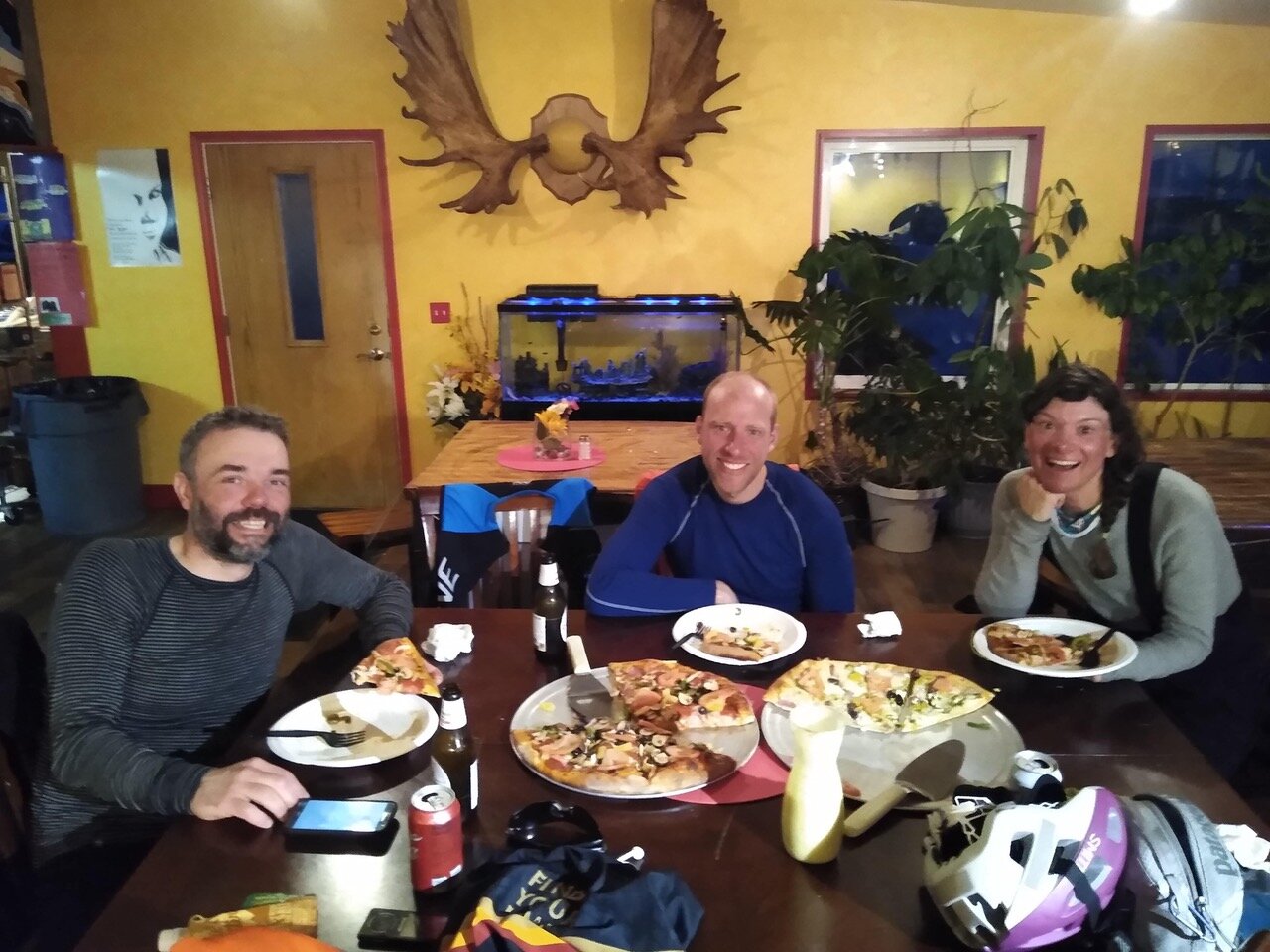There’s a good reason why not many skiers attempt the ITI race.
The dynamic, unpredictable terrain and conditions make it a very tough race to ski.
While the challenges on the Trail deter many, this year, an exceptional skier has his mind set on becoming the first skier since 2000 to race the full 1,000 miles on the Trail.
Asbjørn Skjøth Bruun is giving us a masterclass on how to ski to Nome.
The 35 year-old Danish skier has been powering through the miles, going faster every day no matter the weather or the Trail conditions. His skiing style is flawless and his endurance, a benchmark for excellence. But it’s not just his skiing abilities that are admirable.
A friendly athlete with a good sense of humour and a real team player, Asbjørn is a real asset to the race. His generosity in sharing survival and extreme cold knowledge with others has been a trait that many racers have come to deeply appreciate on the Trail. Many of his fellow racers have learnt useful survival tricks from his experience has a member of the Sledge Patrol Sirius, Denmark’s elite naval unit.
His time in special unit Sirius may also explain his natural ease on the Trail.
When joining the elite Sirius unit as a sergeant in the Danish army in 2007, Asbjørn committed to a two-year service in the hostile Arctic wilderness of Northern and Eastern Greenland.
An unforgiving area known as Tunu, “the Back”, by Greenlanders, the region is four times the size of the UK and is populated by less 30 people, 12 of which are the members of the Sirius military unit. It tells a lot about Asbjørn’s ability to survive in temperatures plummeting to -40°F and lower.
When Arctic winds, dangerous glaciers, polar bears and frostbites are your regular day at the office for two years, skiing 1,000 miles on the Iditarod Trail is no longer an unachievable goal. Especially when you have the willpower to rise at any challenges thrown your way.
The skier’s enviable drive is rooted in an early passion for wilderness and adventure.
As a young boy, Asbjørn would spent every summer hiking with his father in the Norwegian mountains. As he grew older, the hikes became survival trips. And when he was 20, his interest for Arctic wilderness was ignited when he set out to travel 1,800 miles up to the top of Greenland, close to the North Pole.
While many Scandis learn to ski as toddlers, for Asbjørn, joining Sirius also marked his first experience on a pair of skis.
With determination to boot, the Dane quickly became a proficient extreme skier. After his two-year service, he has competed in many races in his spare time, including Red Bull Nordenskiöldsloppet in North Sweden, Yukon Arctic Ultra 2018 and ITI350 to name few.
Asbjørn has also completed the Arctic Circle Race around Sisimiut on Greenland’s West coast with the Danish Crown Prince. The three-day race takes skiers through the ever-changing, harsh Greenlandic terrain, which has clearly proven to be the perfect training ground for ITI1000.
The athlete credits his stamina to a special Danish tradition: “Asterix has his magic drink, Popeye has his spinach, if you come to West Denmark, you have oatmeal”. Ask his fellow racers about his oatmeal obsession.
Every racer on ITI is an exceptional athlete with their own human story.
That story is often what drives them to the finish line when they are ready to give up.
For Asbjørn, it’s honouring a special family memory. As a grown man, Asbjørn used to smoke the cigar with his grandfather on occasions. It was a special moment the men shared.
To honour the memory of their elder who passed away 2 years ago, Asbjørn’s father Jorgen will wait for his son in Nome with his grandfather’s favourite cigar.
Jorgen has made the trip to Alaska to support his son. He’s ended up supporting the ITI family, rooting for all athletes.
But Jorgen is on a special mission and the goal is fast approaching.
Asbjørn has planned to enjoy his special cigar under the famous burled arch in Nome, after crossing the finish line.
That cigar will no doubt be deeply appreciated.
And, why not, “The Asbjørn Cigar” could even become a tradition for the next generation of ITI skiers…















